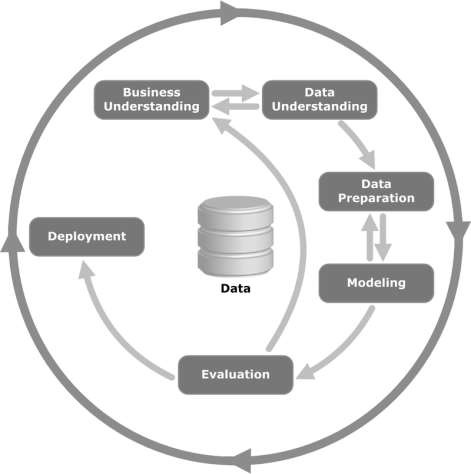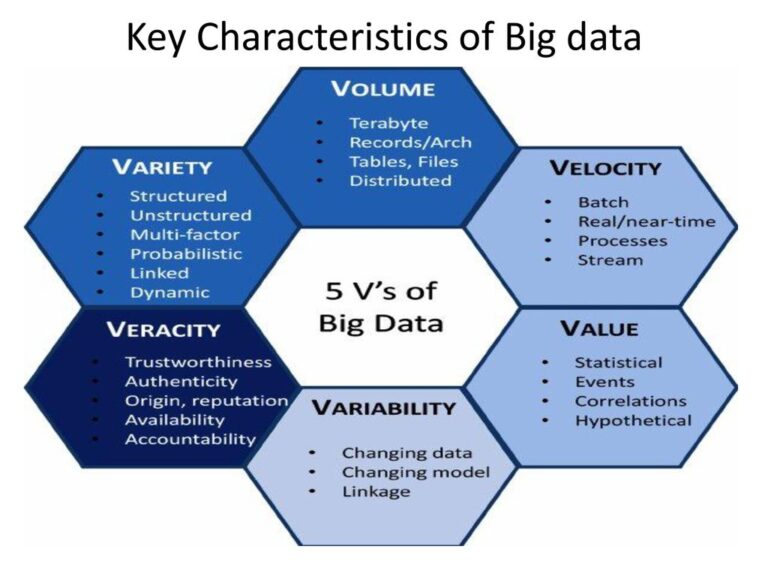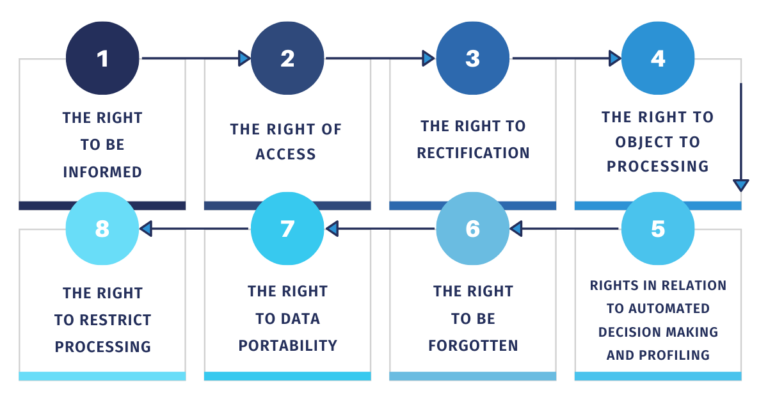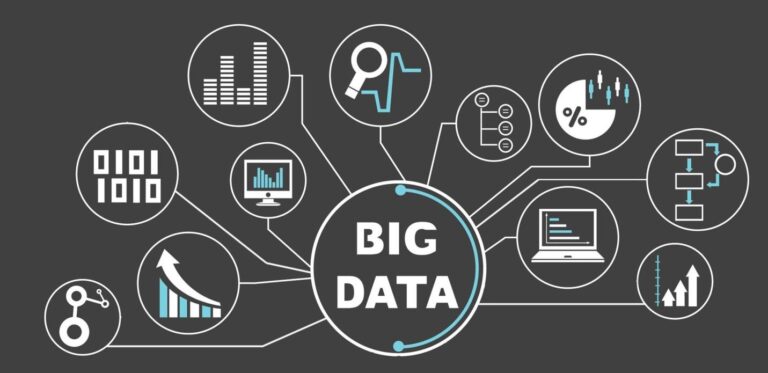What Is Big Data Life Cycle?
The Big Data Life Cycle is a process that describes the stages of handling and analyzing large datasets. It is an iterative process that involves the collection, storage, processing, and analysis of data to gain insights, create value, and make informed decisions. The Big Data Life Cycle can be divided into four distinct stages: acquire, store, process, and analyze. Each of these stages requires different tools and techniques to manage the data. Through this process, businesses can take advantage of the data they have to make decisions that will benefit their organization. Big Data Life Cycle helps organizations maximize the value of their data and get the most out of their investments.
Defining Big Data
Big Data is the term used to describe the massive volumes of data that are generated and collected by organizations and institutions. It is an umbrella term that covers a wide variety of data types, from structured data such as customer transactions and financial records, to unstructured data such as social media posts and weblogs. The challenge lies in the ability to store, analyze, and make use of the data in order to extract value. Big Data has the potential to provide organizations with insights into customer behavior, trends, and performance, allowing them to make better decisions and improve operations. As the amount of data continues to grow, so too does our ability to harness it, allowing us to gain a deeper understanding of the world around us.
Understanding the Big Data Life Cycle
Big Data is an ever-evolving entity. It can be complex and confusing to comprehend, but understanding the Big Data life cycle is key to making the most of its potential. This life cycle includes four key stages: data capture, storage, analysis, and action. Data capture involves collecting, aggregating, and formatting data from multiple sources; storage is the process of storing the data in a secure, accessible, and efficient manner; analysis involves using data analytics to generate insights and trends from the data; and action is the process of leveraging the data-driven insights to make decisions and take appropriate action. By walking through the Big Data life cycle, organizations can gain the full benefit of Big Data, from discovering valuable insights to taking action to drive better business outcomes.
Collecting Big Data
Big Data is a term used to describe the collection and analysis of vast amounts of data. It’s a way of looking at the world from a different perspective, allowing us to access unprecedented insights. By collecting Big Data, we can gain an understanding of how people interact with the world around them, identify trends, and make predictions about the future. It’s a powerful tool for organizations, giving them the ability to make informed decisions quickly and accurately. With Big Data, businesses can refine their strategies, track the performance of products and services, and improve customer experiences. The potential of Big Data is limitless, and it’s only just beginning to be realized.
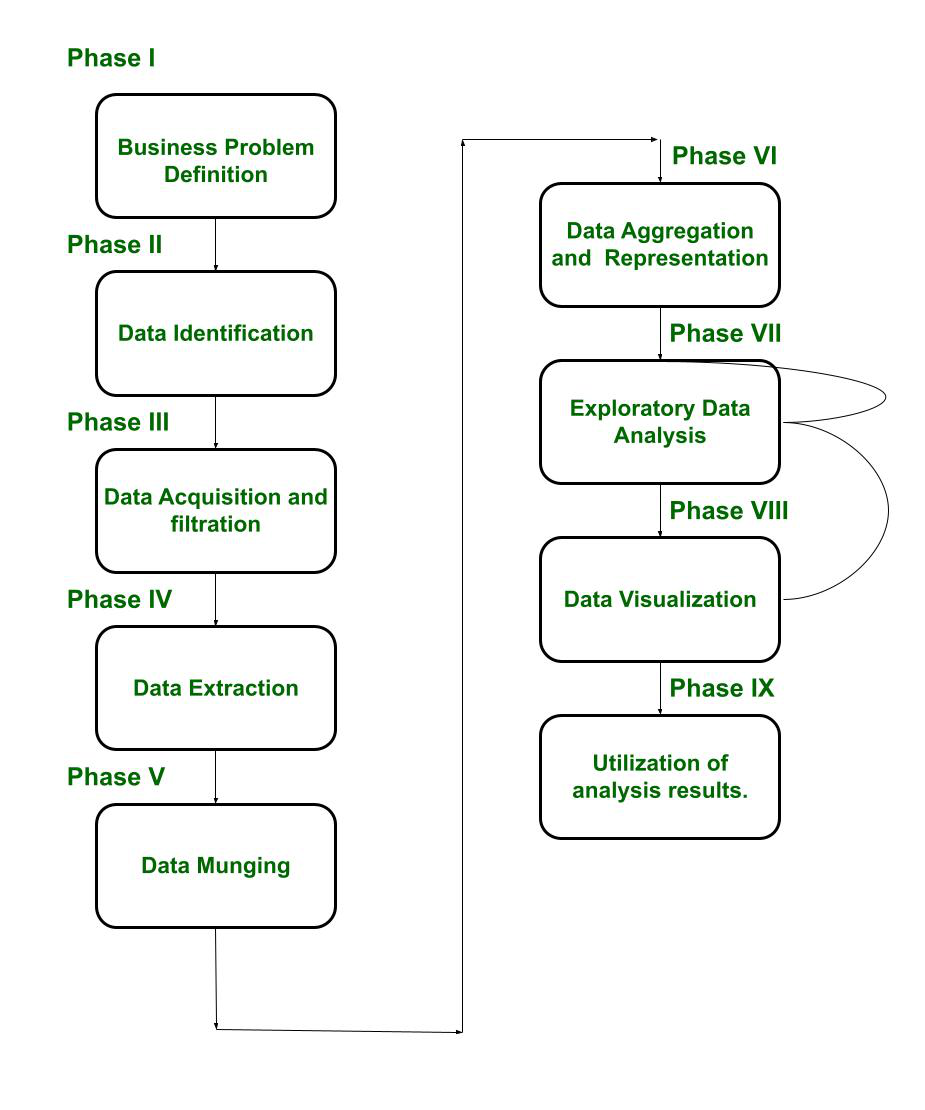
Storing Big Data
Storing Big Data can be a daunting task. It requires a secure and scalable data storage solution that can handle the immense volume of data, as well as the complexity of its organization. To do this, businesses must think beyond traditional methods of storage and consider cloud-based solutions that can provide sufficient storage capacity, reliable backup, and secure access to the data. The benefits of storing Big Data this way are numerous, including the ability to scale on demand, take advantage of advanced analytics, and access data from anywhere. With the right storage solution in place, businesses can leverage Big Data to gain insights into their operations and make data-driven decisions for greater success.
Analyzing Big Data
Analyzing big data is the process of examining large and complex sets of data to uncover hidden patterns, correlations, and other insights. With the advent of technologies such as Hadoop and Spark, it has become easier than ever before to analyze large datasets. By leveraging the power of big data, organizations can gain valuable insights about their customers, products, services, and more. Through the use of sophisticated algorithms, businesses can quickly and accurately identify correlations and trends that can help inform their decisions. With the right tools and strategies, big data can be used to uncover valuable insights that can help organizations make better decisions and improve their operations.
Visualizing Big Data
Big Data is an incredibly powerful tool that, when used correctly, can help businesses gain a better understanding of their customers, increase efficiency, and improve overall performance. By leveraging the power of Big Data, companies can visualize large amounts of data in order to make sense of it and draw meaningful insights. Visualizing Big Data is a powerful strategy to help businesses identify patterns, trends, and correlations that may otherwise be difficult to discern. Through the use of data visualizations, companies can make better-informed decisions, spot potential problems, and develop strategies to improve their operations. Through the use of data visualizations, Big Data can be used to its full potential and help businesses make better decisions and increase their operational efficiency.
FAQs About the What Is Big Data Life Cycle?
Q1: What is the Big Data Life Cycle?
A1: The Big Data Life Cycle is a set of processes that involve collecting, analyzing, and managing large amounts of data. It includes the stages of data acquisition, data storage, data preprocessing, data analysis, data visualization, and result interpretation.
Q2: How does the Big Data Life Cycle benefit businesses?
A2: The Big Data Life Cycle enables businesses to identify patterns in large datasets, identify correlations, and draw insights from the data. It helps businesses gain a better understanding of customer behaviors and preferences, optimize their operations, and develop more effective strategies.
Q3: What technologies are used in the Big Data Life Cycle?
A3: Technologies used in the Big Data Life Cycle include machine learning, cloud computing, artificial intelligence, data mining, and databases. These technologies help to automate data analysis and reduce the time and effort involved in collecting, storing, and analyzing large amounts of data.
Conclusion
The Big Data Life Cycle is a comprehensive process that helps organizations take advantage of the large amounts of data they produce and analyze it to make informed decisions. The life cycle consists of five main stages: data acquisition, data processing, data analysis, data visualization, and decision-making. Each stage is essential to the successful utilization of big data and can help organizations gain valuable insights and knowledge from their data. By following the Big Data Life Cycle, organizations can maximize their data usage and gain a better understanding of their customers and operations.
